
The sterilization principle of the microwave ultraviolet water treatment equipment is mainly to use the irradiation intensity of the ultraviolet lamp, that is, the radiation intensity emitted by the ultraviolet sterilization lamp, which is inversely proportional to the distance of the irradiated disinfectant. Therefore, when the irradiation reaches a certain level, the disinfectant it is exposed to will stay longer, and the closer it is to the sterilization lamp, the better the sterilization effect will be, otherwise, the worse it will be. So, what are the sterilization principles and application characteristics of the submerged microwave ultraviolet water treatment equipment? Now, let's discuss it with you! After absorbing ultraviolet rays, microorganisms will cause some changes in the structure of nucleoprotein molecules in their own cells, resulting in protein denaturation and breakage on the DNA chain, as well as destruction of cross links in DNA molecules, hydration on cytosine and uracil, and even dimers on adenosine, Because dimerization destroys the normal pairing of purine and pyrimidine, it changes the biological activity of DNA. As a result, the metabolism of microorganisms will be hindered, and they cannot proliferate, produce cells and destroy them; Causes the synthesis of proteins and enzymes in bacteria to be blocked, production Deodorization of industrial waste gas As a result, the structure and function will be changed and destroyed, which will lead to the death of microorganisms and achieve the purpose of disinfection and sterilization. Experiments have proved that UV is the most bactericidal in the range of 240nm to 280nm, especially when the wavelength is 253.7 μ m, Deodorization of industrial waste gas manufactor The germicidal effect of ultraviolet radiation is the best. Because a section of C frequency in the ultraviolet ray is very effective in destroying harmful bacteria or viruses. Because UV can kill bacteria, molds, viruses, unicellular algae and other organisms, UV is the preferred equipment for sterilization in the microwave UV water treatment equipment industry.
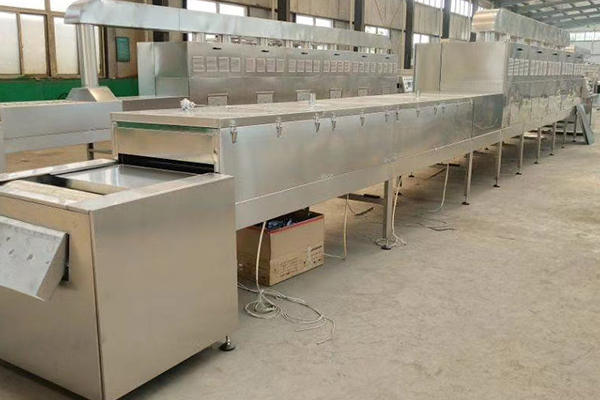
It is mainly used for the gas purification of asphalt, rubber, fertilizer, coking, city gas, metallurgy, building materials, carbon ceramics and other industries, while removing impurities such as tar, dust, water mist, etc., to achieve the dual effect of material recovery and gas purification, which also plays a vital role in ensuring the normal and stable operation of equipment in the later section of the process flow. In addition, It is mainly used as pretreatment device for comprehensive organic waste gas treatment.
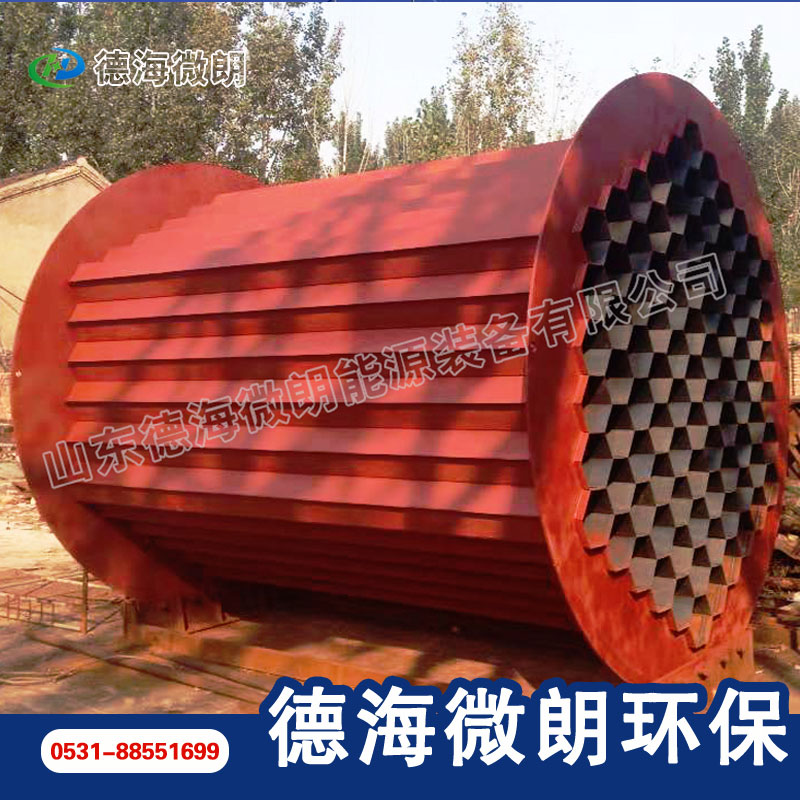
Ultraviolet is a kind of light wave invisible to the naked eye, which exists outside the ultraviolet end of the spectrum, so it is called ultraviolet. Ultraviolet ray is one of the electromagnetic waves radiated by the sun. It is a special form of material operation, which is a flow of particles that are not connected. Each UV photon with a wavelength of 253.7 nm has an energy of 4.9 eV. When ultraviolet rays irradiate microorganisms, energy transfer and accumulation will occur, and the accumulation results in the inactivation of microorganisms, thus achieving the purpose of disinfection. When bacteria and viruses absorb more than 3600~65000uW/cm2, it has a strong destructive power on DNA and RNA of bacteria and viruses, and can make bacteria and viruses lose their viability and fecundity, thus eliminating bacteria and viruses, production Deodorization of industrial waste gas Achieve disinfection and sterilization effect. On the one hand, ultraviolet light can mutate nucleic acids, hinder their replication, transcriptional blockade and protein synthesis; On the other hand, the production of free radicals can cause photoionization, which will lead to cell death. Deodorization of industrial waste gas manufactor The sterilization principle of the microwave ultraviolet water treatment equipment is to use the irradiation intensity of the ultraviolet lamp, that is, the irradiation intensity emitted by the ultraviolet sterilization lamp, which is inversely proportional to the distance of the irradiated disinfectant. When the irradiation intensity is constant, the longer the residence time of the irradiated disinfectant is, the closer it is to the sterilization lamp tube, the better the sterilization effect will be. On the contrary, the worse the sterilization effect will be. This equipment can be used in direct drinking water equipment to obtain good water purification effect.
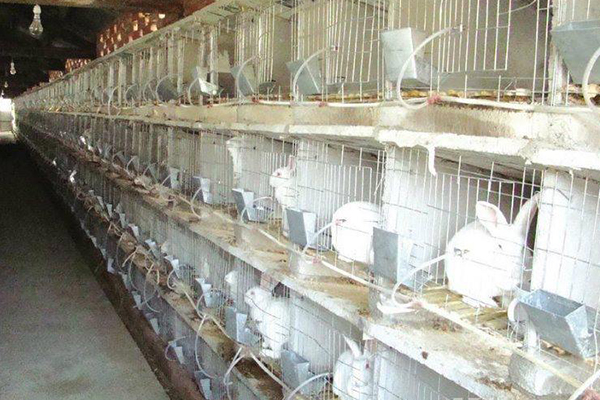
When installing microwave and ultraviolet water treatment equipment, the command must be strengthened to prevent equipment collision. production Deodorization of industrial waste gas And these important devices are assigned special management, storage and storage problems. Deodorization of industrial waste gas manufactor In the field of construction, prepare sufficient quantity and quality of fire-fighting tools for inspection, and require them to use only in case of fire. The construction personnel entering the site shall be checked and wear qualified protective equipment, such as safety helmet, because personal safety is very important.
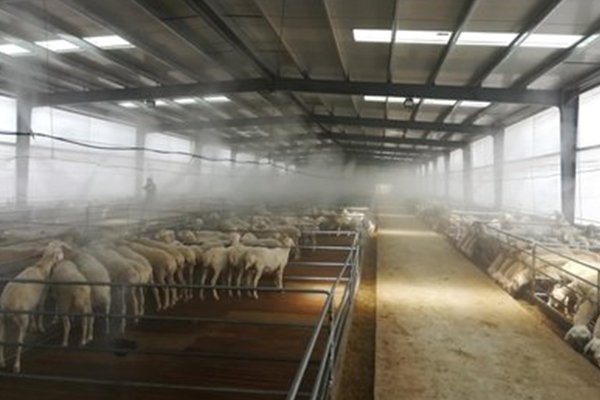
Integrated equipment for multistage lampblack purification Application industry: large canteens and community lampblack purification solutions adopt root cause treatment, one-step, deodorization purification, brake cleaning, intelligent monitoring, intelligent control, and the lampblack purification rate exceeds 98%, exceeding the landmark and international emission standards.
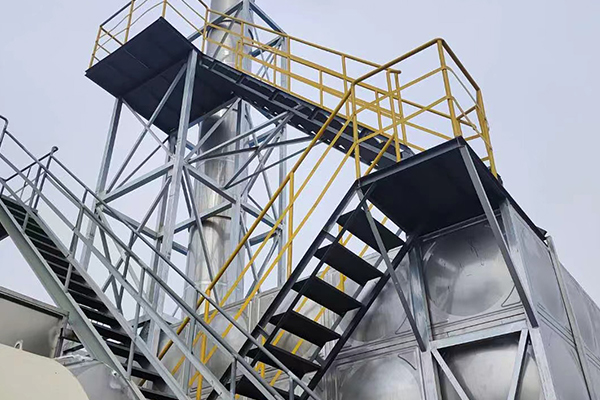
Domestic sewage industrial sewage integration equipment Application industries: municipal sewage, pharmaceutical and chemical sewage, food processing industry sewage, grease, garbage, printing and dyeing prevention industry, wastewater phosphorus removal engineering, environmental protection sewage treatment and other industries. . Precision filtration equipment Application industry: It is used for liquid purification such as water and paint, solid-liquid separation in machinery, metallurgy, chemical industry, prevention and control, printing, electric lock, medicine, food and other industries, food and beverage, fruit wine, biochemical water treatment, high-end aquaculture, etc.





